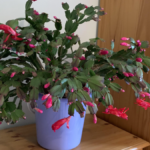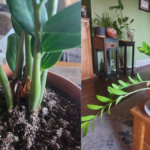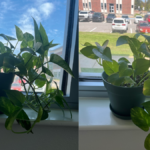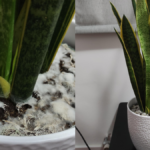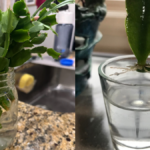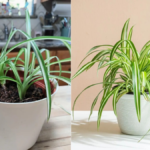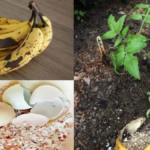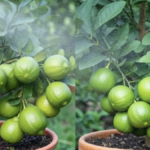NASA astronaut Sunita Williams spent 286 days in space, and Sunita Williams Growing and Caring for Lettuce plant in Space aboard the International Space Station (ISS). This experiment helps scientists understand plant growth in microgravity, paving the way for space farming and sustainable agriculture on Earth.
NASA astronaut Sunita Williams is currently conducting an innovative plant experiment aboard the International Space Station (ISS). She is growing and caring for lettuce plants in space to understand how they grow in zero gravity. This experiment is part of NASA’s effort to develop sustainable space farming, which will be essential for future deep-space missions.
Table of Contents
Why is Sunita Williams Growing and Caring for Lettuce Plants in Space?
There are three main reasons for this experiment:

1. Food for Astronauts on Long Missions
- In space, astronauts mostly eat packaged food.
- Fresh vegetables can provide essential nutrients and improve their diet.
- Growing food onboard will help reduce the need to send food from Earth.
2. Better Farming Methods for Earth
- This research can help develop efficient farming techniques for dry and resource-limited areas on Earth.
- Learning to care for plants in extreme conditions can help grow food in places with little water.
3. Self-Sustaining Space Missions
- NASA is planning long-term missions to the Moon and Mars.
- Astronauts will need to grow and care for their own food instead of depending on supplies from Earth.
How is the Experiment Done?
Setting Up the Experiment
- Williams collected water samples from the plant system on the ISS.
- She installed the Plant Habitat-07, which is a special growing chamber.
- The chamber has LED lights and a controlled environment for plant growth.
Caring for the Lettuce Plants
- Scientists are testing different water levels to see how plants respond in zero gravity.
- Williams monitors plant growth, checks for healthy leaves, and ensures the plants are getting the right amount of light and nutrients.
- NASA tracks the results to understand how plants absorb water, grow roots, and develop leaves in space.
Challenges of Growing and Caring for Plants in Space
Growing plants in space is not easy. Some challenges include:
- No Gravity – On Earth, roots grow downward due to gravity, but in space, they grow in all directions.
- Limited Water Supply – Too much or too little water can affect plant health.
- Controlled Environment – The plants need just the right amount of light, temperature, and humidity.
What Can We Learn from This Experiment?
By studying how Sunita Williams grows and cares for lettuce plants, scientists hope to:
- Find the best ways to grow food in space.
- Improve water-saving techniques for farming on Earth.
- Develop self-sustaining food systems for future Moon and Mars missions.
Common FAQ Question in Lattus plants
How does this research benefit agriculture on Earth?
The experiment can help develop water-efficient and low-soil farming methods, which could be useful for areas with limited water resources.
How does NASA track plant growth in space?
NASA uses cameras, sensors, and astronaut observations to monitor plant development and health. Data is sent back to Earth for further analysis.
Conclusion
Sunita Williams’ space farming experiment is a major step toward making long space missions possible. Learning to Sunita Williams grow and care for Lettuce plants in space will help astronauts stay healthy and make space travel more self-sufficient. It will also help farmers on Earth by developing better ways to grow food in tough conditions.
Read More Post
how to take care of a Aloe Vera pant
How to take care of a Strawberry plant

